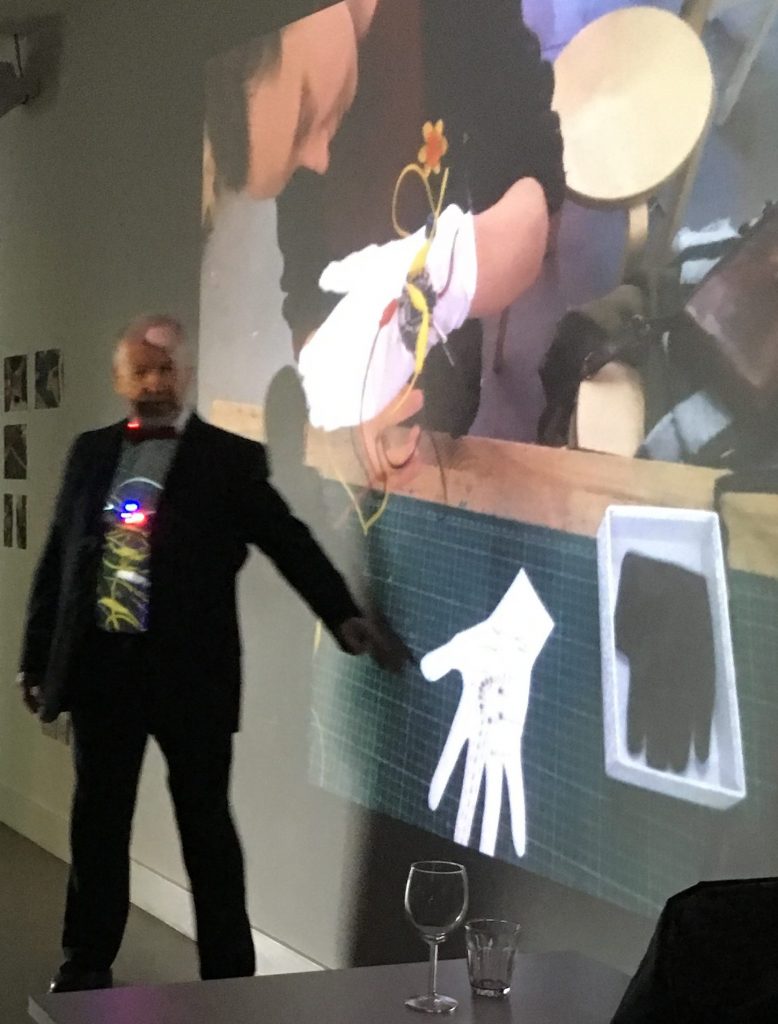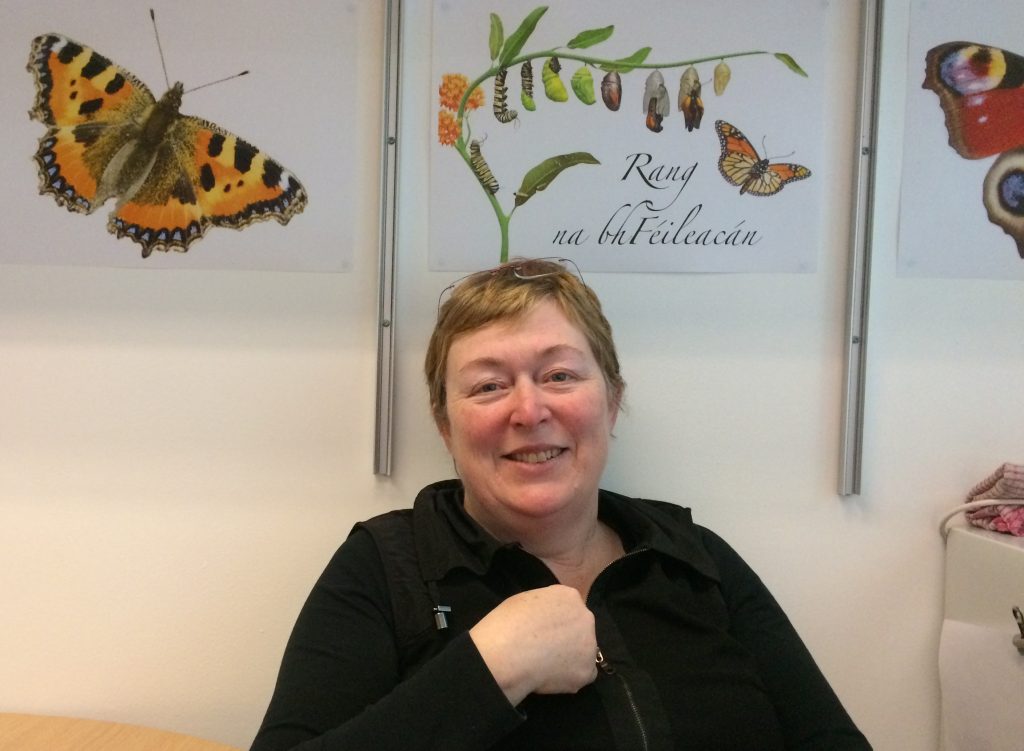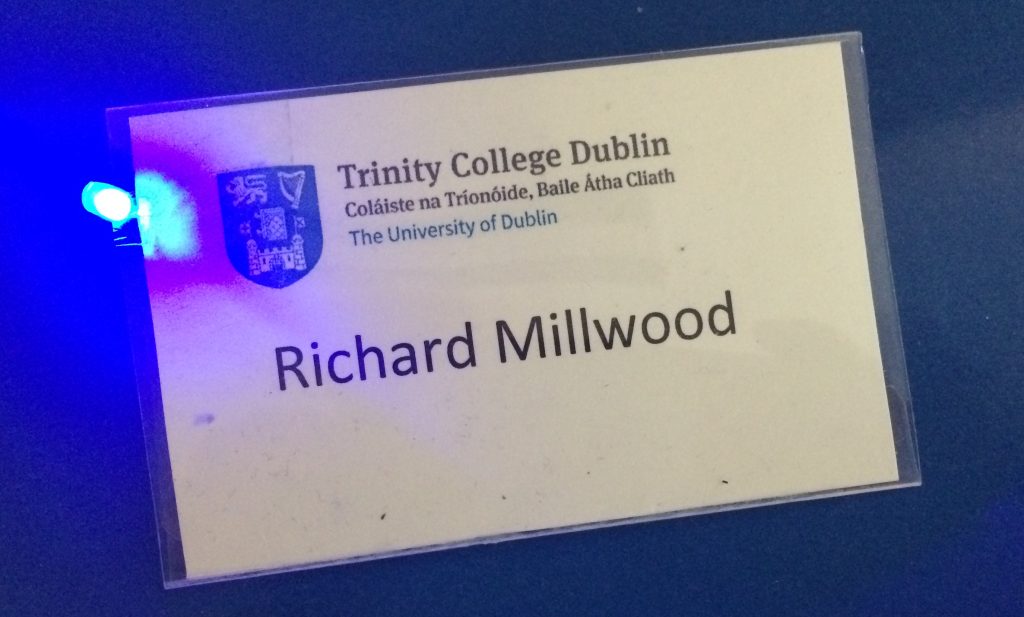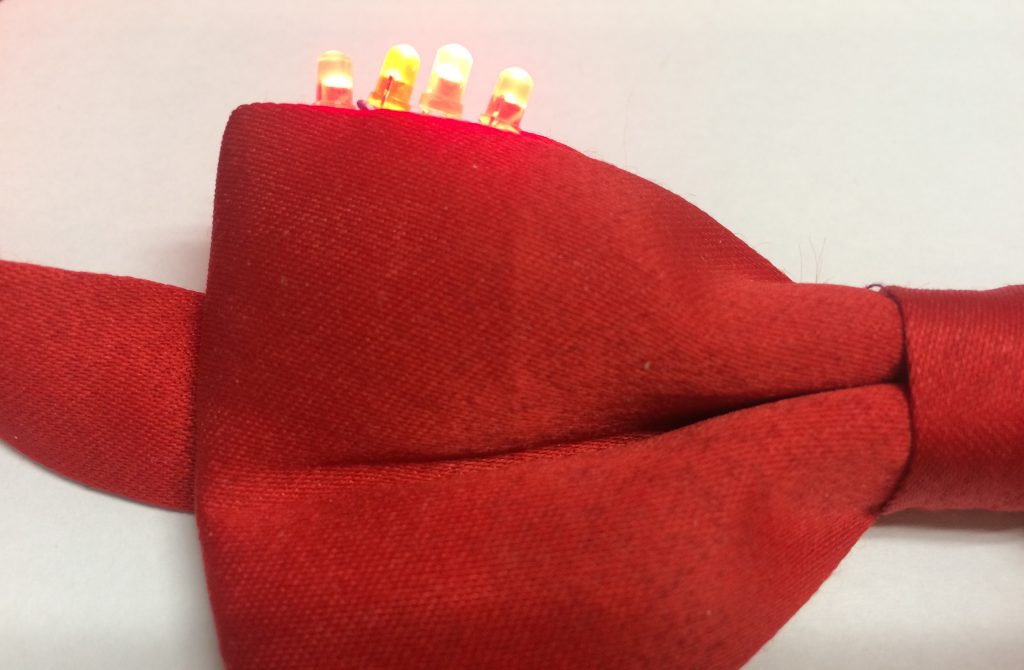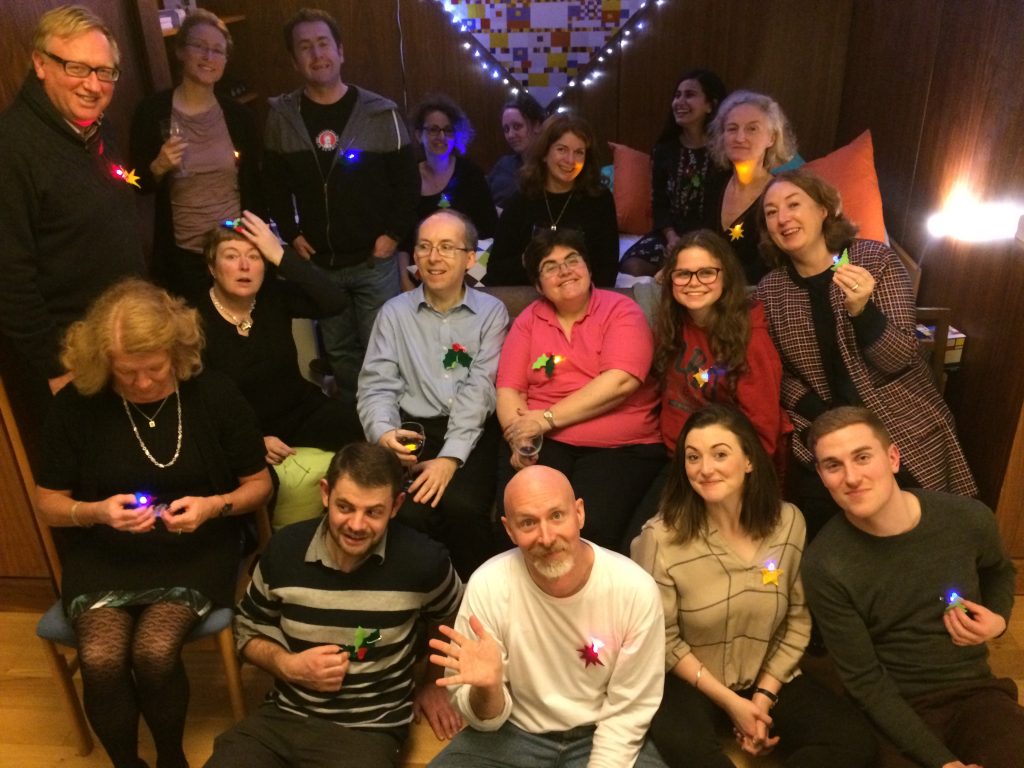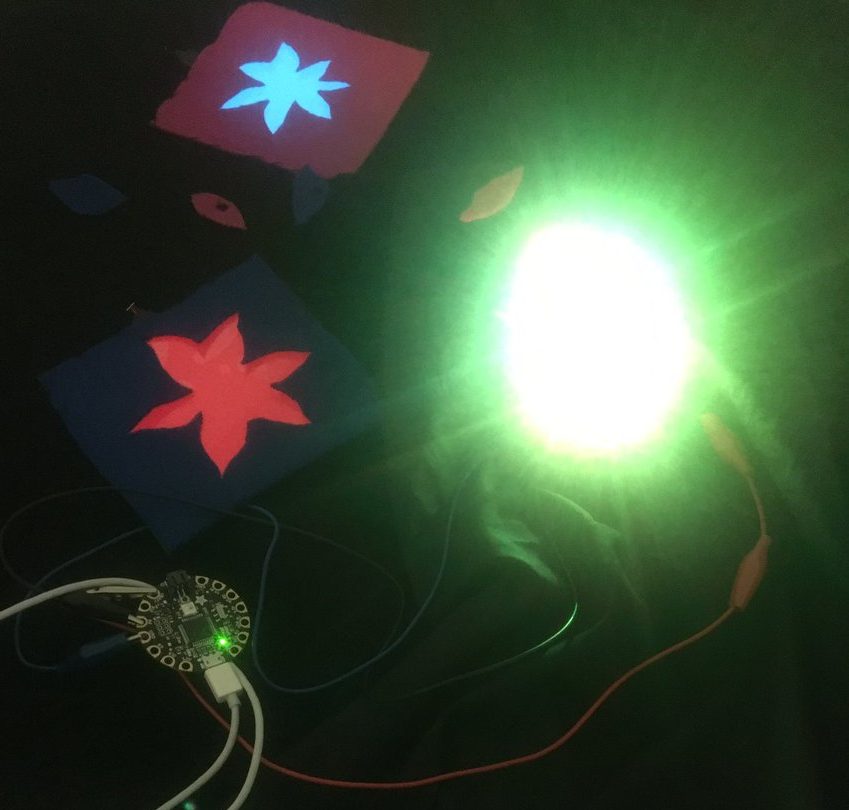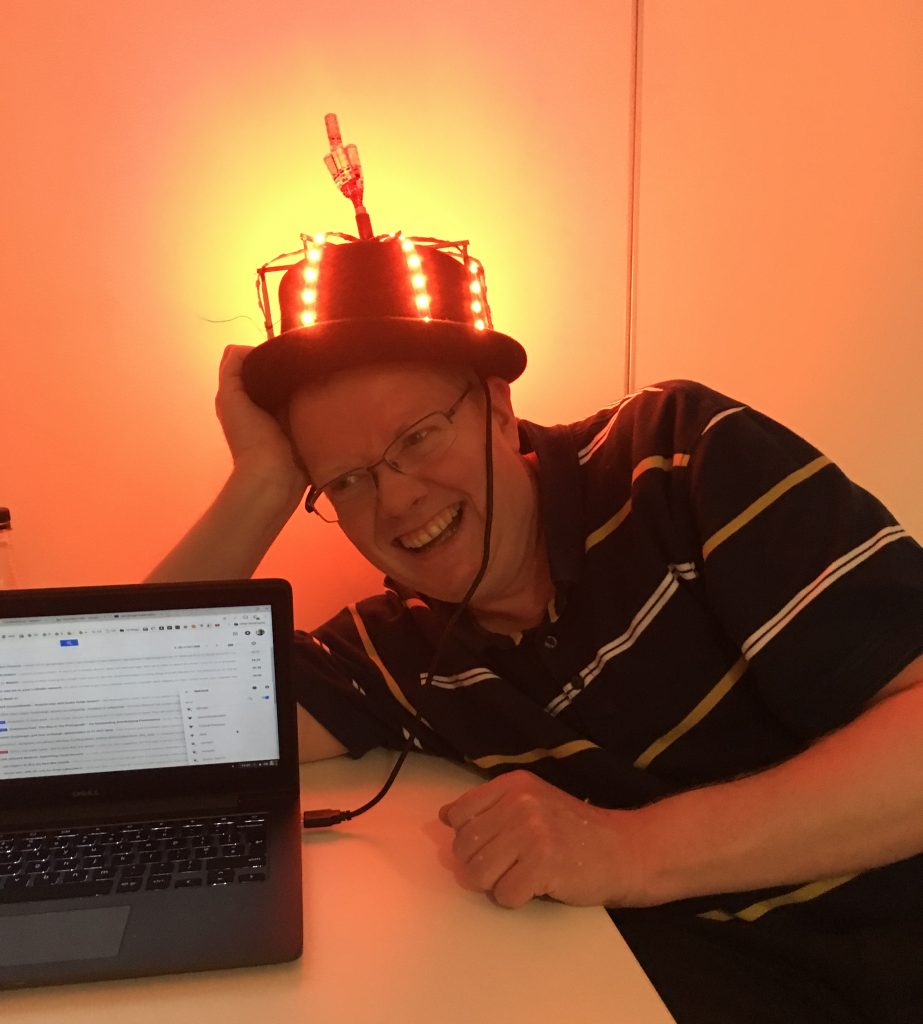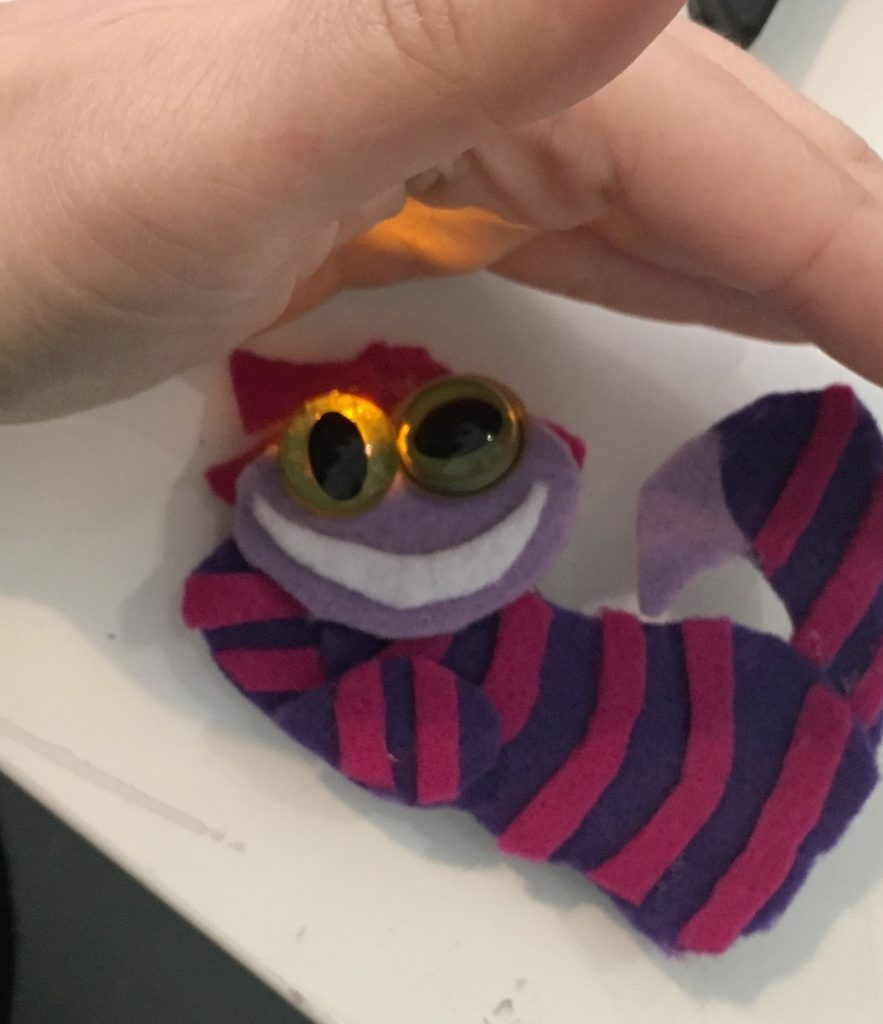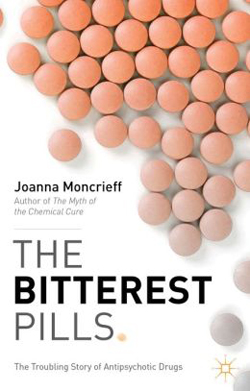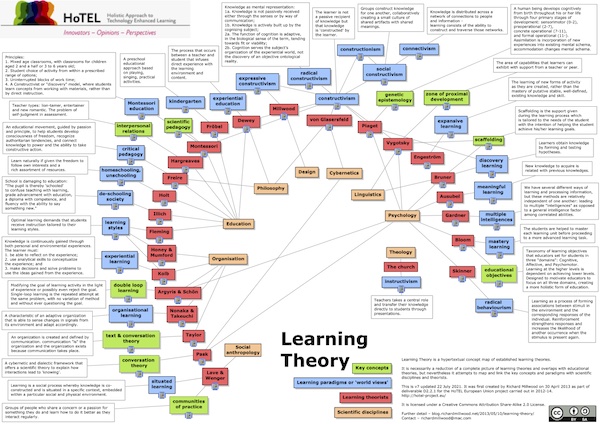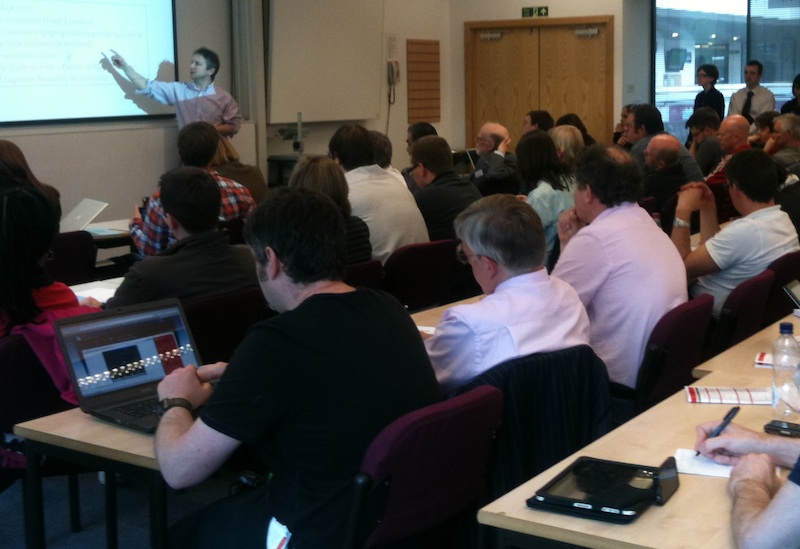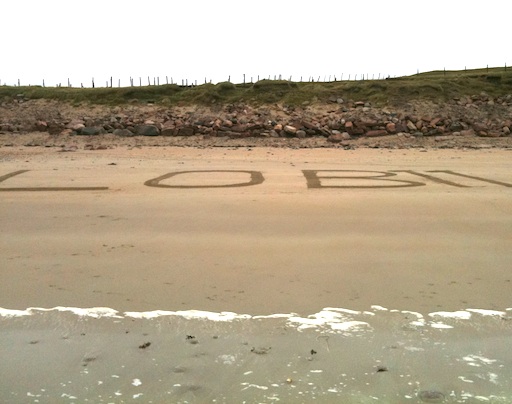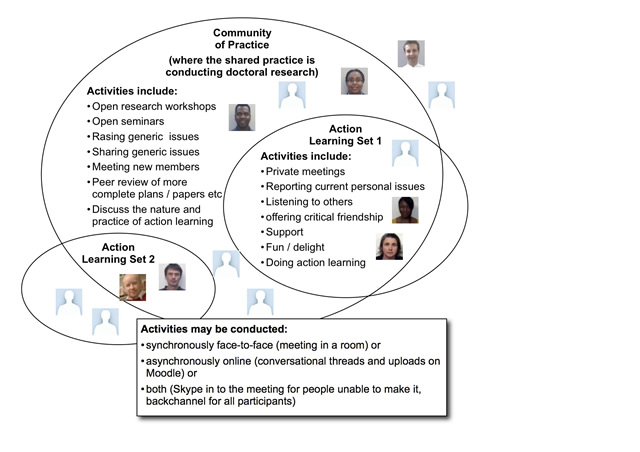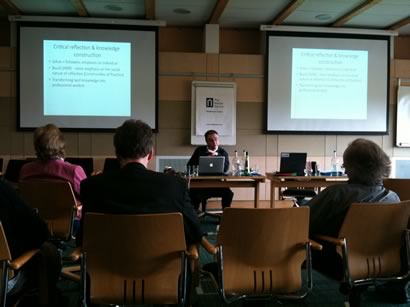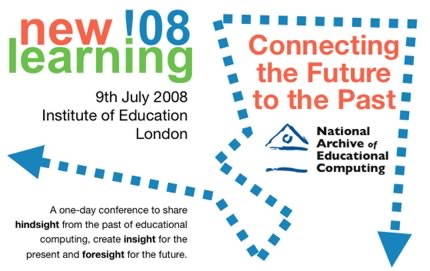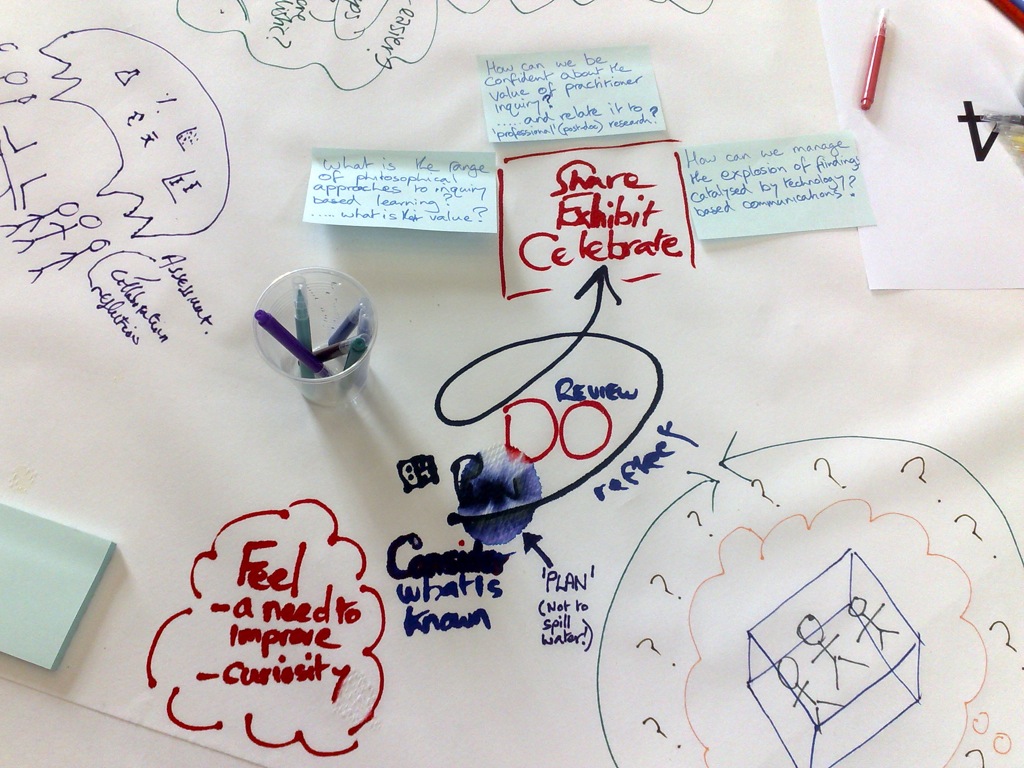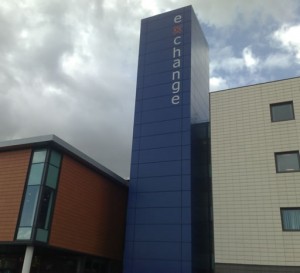My boiler clock stopped working.
A somewhat stereotypical seasonal response to the dropping temperatures and clock changing back last night!

I do hope the central heating engineers out there are raking it in right now, but I am sorry to say, not from me.
Like my late father, I am perhaps too careful with my money despite being able to afford a call out. But for me, it is an opportunity and incentive to experiment with home automation.
I looked at the price of smart controls and blanched. Maybe instead I could replace the aged thermostat with a smart plug? I had to do some considered thinking about how that would work, and paused for a couple of days to do a little online research and devise a solution before deciding I could go for it.
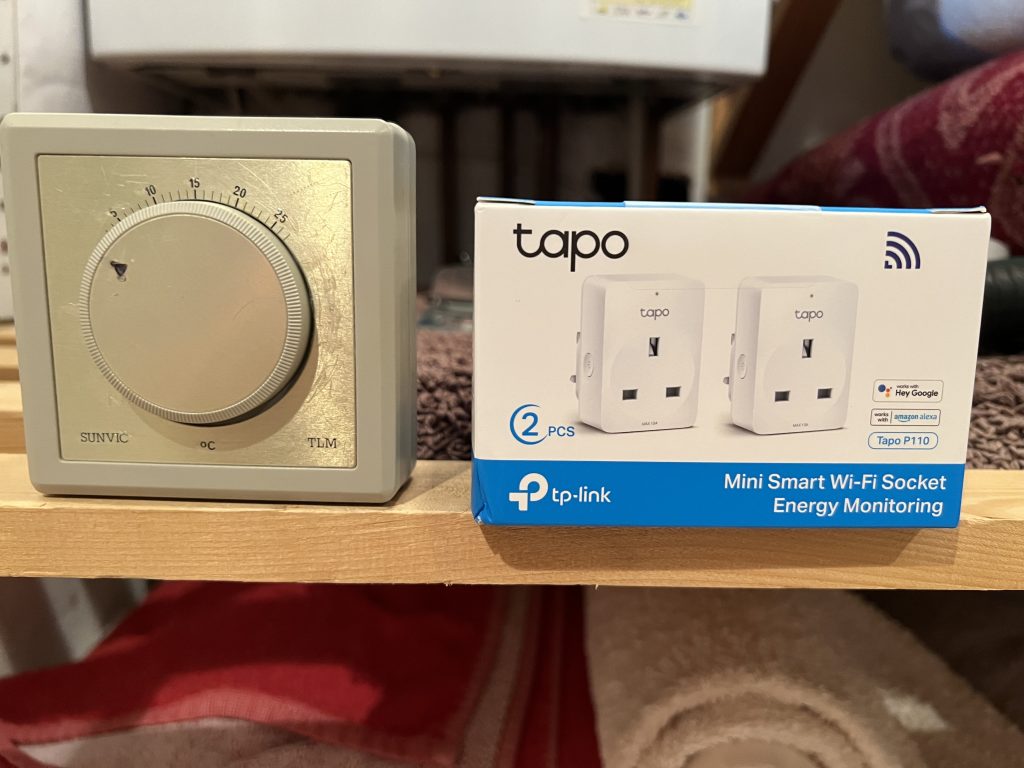
The smart speakers I have are Echo Dot 5s, which can measure room temperature. I planned to write Alexa ‘routines’ to respond to changes (up or down) and do the timing too, so that it is not on overnight. A simple kind of programming, but interesting to think about as it means setting up a feedback-loop to operate at certain times only.
All I needed to do is understand how the thermostat was wired, and instead of the temperature alone switching the boiler heating on, I could perhaps replace it with essentially a home made programmable relay to do the work of thermostat and timer?
The inner workings of the thermostat are simple enough, but I had to think out loud all the connections and label them up before I went further (John Davitt would be proud).
Of course I had already turned off the boiler in the consumer unit and at it’s fused spur outlet for double safety.

The trick was to take the ‘switched’ wire, which needed to be live when the new ‘thermostat/timer’ called for heating, and wire it into an ordinary plug which then is inserted into the smart socket, which can switch it on and off.
Here is the final wiring. Note that the plug needs no neutral connection(!), hence the earth sleeving to indicate that the blue wire was used for earth (for safety) in the lamp flex I used:

And after screwing it all together and plugging it in where the thermostat used to be:
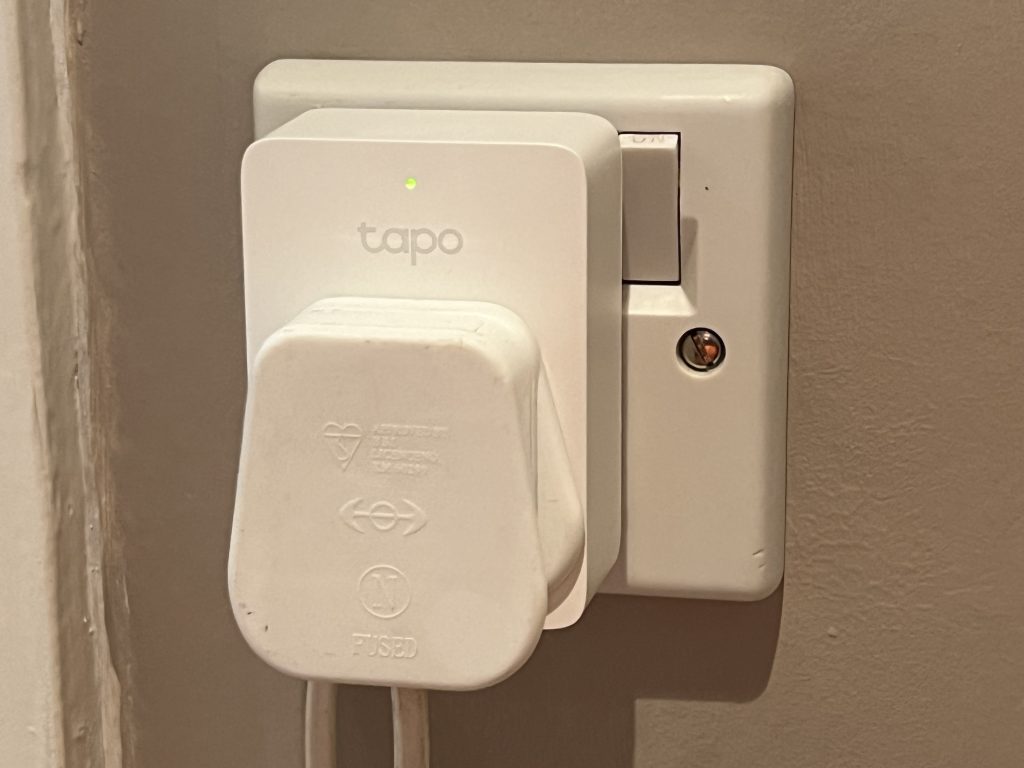
I was pleased to be able to recycle an old plug and especially an old switched socket from my store in the garage, so if anything goes wrong with the smart socket, I can take it out of the equation, plug in the plug and still control the heating manually with the switch on the old socket.
Finally I had to write two routines for Alexa to respond to temperature change and, for now, notify me it has done so, to check it is working. These are simple to make in the Alexa app on my iPhone. Ziggy is the name for my bedroom Echo Dot 5, which I decided to use to monitor my small flat’s temperature. In the living room, I have an Eco Flex, currently on sale at less than £5 on Amazon, which is an amazing bargain! Sadly it has no thermometer function, but it does play music on my hifi and let me control the lights and the rest of the house.
Here are the two routines:
- first, ‘Turn on heating’ to turn on the smart socket when the temperature is below 17C, within a specified time period;
- second ‘Turn off heating’ to turn off the smart socket when it is above 18C – at any time. By saying ‘Alexa disable turn on heating’ as I leave the house, I can ensure I am not wasting energy when away.
Total outlay, £7.50 for the smart socket.




